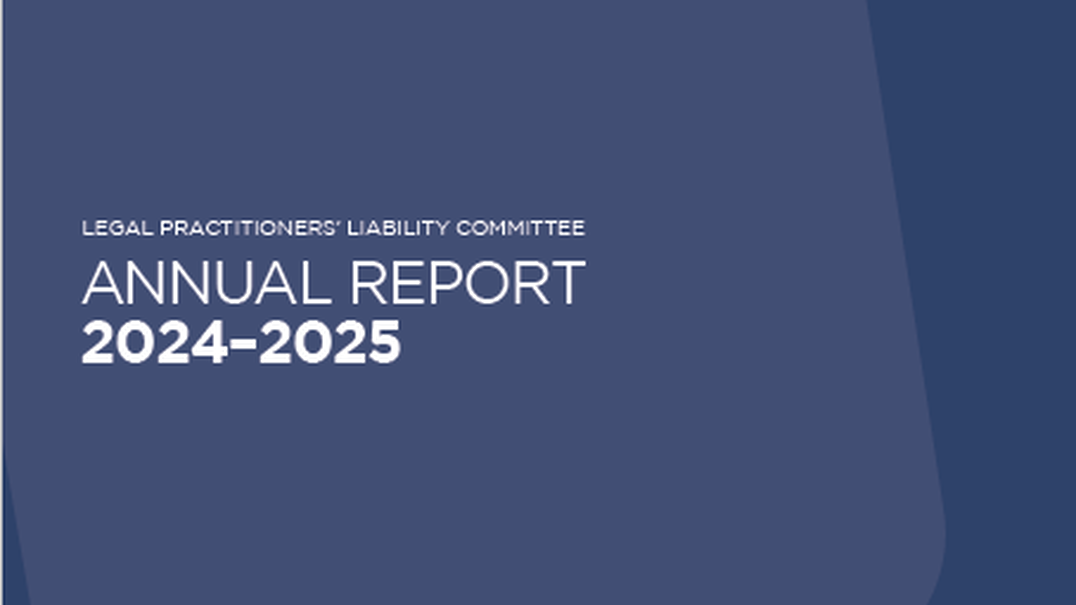There are several considerations that go into deciding what makes a ‘right client’. Thinking about this at the beginning and making sure it is communicated openly, can save you a headache later.
When you are asked to act in a matter, the first thing to determine is who is the client. Common scenarios where there is potential uncertainty about the client include: intra-family transfers of property, acting for a company with multiple directors, providing solicitor’s certificates for both husband and wife and acting in a joint venture arrangement.
In these situations, with multiple possible clients, think carefully about the potential for a conflict and decide who you can act for.
In all circumstances, once you identify who your potential client is, aim to uncover if there are any ‘red flags’ that might mean this is not the right client for you, such as:
- does the client have the capacity to instruct you?
- has the client been to other lawyers before you?
- can the client afford to pay your fees? This can be obvious if they try to negotiate on fees at the start or don’t want to pay money into trust.
- does the client try to tell you how simple their matter will be and what you need to do?
- are the client’s expectations on what you can achieve for them realistic?
- is the client a close friend or relative – compromising your objectivity?
These client red flags can sometimes be a clear sign that you should not act in the matter, or they may mean it will require more time and energy than you initially thought. Can the client be adequately managed by the firm in the circumstances and is the client the right fit for the firm?
Once you have decided if and who you will act for, clearly communicate, verbally and in writing, who you are and are not acting for. If there are unrepresented parties, it is a good idea to make it clear in writing that you are not acting for them and suggest they seek their own independent legal advice. Many lay people think that if there is a lawyer involved then that lawyer is looking after everyone’s interests, even if the lawyer thinks they only act for one party.
If you are acting for more than one person, such as in the sale of a property owned by several people, or recovery of a debt owed to two people, ensure you receive instructions from all clients. One party may be authorised to instruct you, but confirm that authorisation in writing at the start.
Taking the time at the start of every matter to consider who is the client and whether they are the right client(s) for you and your firm is an important risk management strategy for every practitioner.

